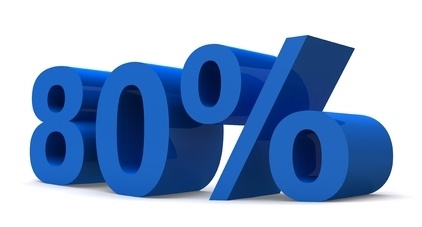Category Segregation: Selling to Very Different Segments
 PriceBeam
·
2 minute read
PriceBeam
·
2 minute read

Most businesses do not sell their products or services to one segment alone as they can be used by a variety of people with very different needs. However, in order to position their brand clearly and consistently in the consumer's mind, most companies choose to target segments not too far apart. E.g. while IKEA may appeal to many different age groups, IKEA customers are all price-sensitive.
But some companies try to sell their products or services to very different segments. Maybe because their primary target group simply isn't profitable enough, or big enough to generate sufficient revenue, or simply because it makes sense. This is sometimes referred to as "category segregation" due to the need to draw a clear distinction between the products/services targeted at Segment 1 vs Segment 2.
Some companies experience enormous success with category segregation. For instance, Ralph Lauren has been incredibly skilled at targeting both the price-sensitive consumer looking to treat himself, and, at the same time, the high-end consumer looking to put clothes on her body.
And some companies fail badly at it. The Danish high-end electronics manufacturer B&O crashed and burned when it tried to address the shrinking purchasing power of the upper-class segment during the financial crisis by launching a much cheaper product series "B&O Play". It was an absolute disaster that almost ruined the brand the company had built over the last century.
One of the reasons Ralph Lauren's category segregation is so successful is that the "cheap" category is "justifiably cheap". Ralph Lauren cannot offer a low-quality product as that would compromise its high-quality branding; however, it cannot offer high quality at a much lower price either, as this would make the "expensive" category seem, well, much too expensive (even people with lots of money still look for the value they get).
To get around this, Ralph Lauren's more premium categories contain luxurious fabrics and are typically more "modern" designs, as is preferred by the high-end target group, who can afford to buy new Ralph Lauren clothes on a regular basis, even from the premium category. On the other hand, the "cheap" category is still of high quality, although the fabrics are more "standard" and the designs are classic. It is clear to customers what they get and don't get when buying either brand.
However, for B&O, this was not clear at all. B&O historically appealed to customers with its state-of-the-art products and modern design, and with B&O Play, you got all that, just at a much lower price. This price wasn't "justifiably cheap" as it made it seem like B&O had been charging their premium segments a much too high price in the past.
B&O Play sold fairly well, but B&O's premium products did not. Consequently, B&O made a fatal, but common mistake, that is, lowering the price to increase sales. Of course, lowering the price to increase sales of a premium product is not going to work, which B&O found out the hard way.
The key really is to draw a clear distinction between the two product groups; i.e. make sure that the premium segment know what they're getting for paying a higher price; and that the price-sensitive (but also the premium segment) knows what it is NOT getting when buying the cheaper version. Especially, it is important to understand the value drivers of the premium segment, so the higher price can be justified.
Read more about value drivers here.
.png?width=400&height=100&name=PBLogoTransparent%20(1).png)



